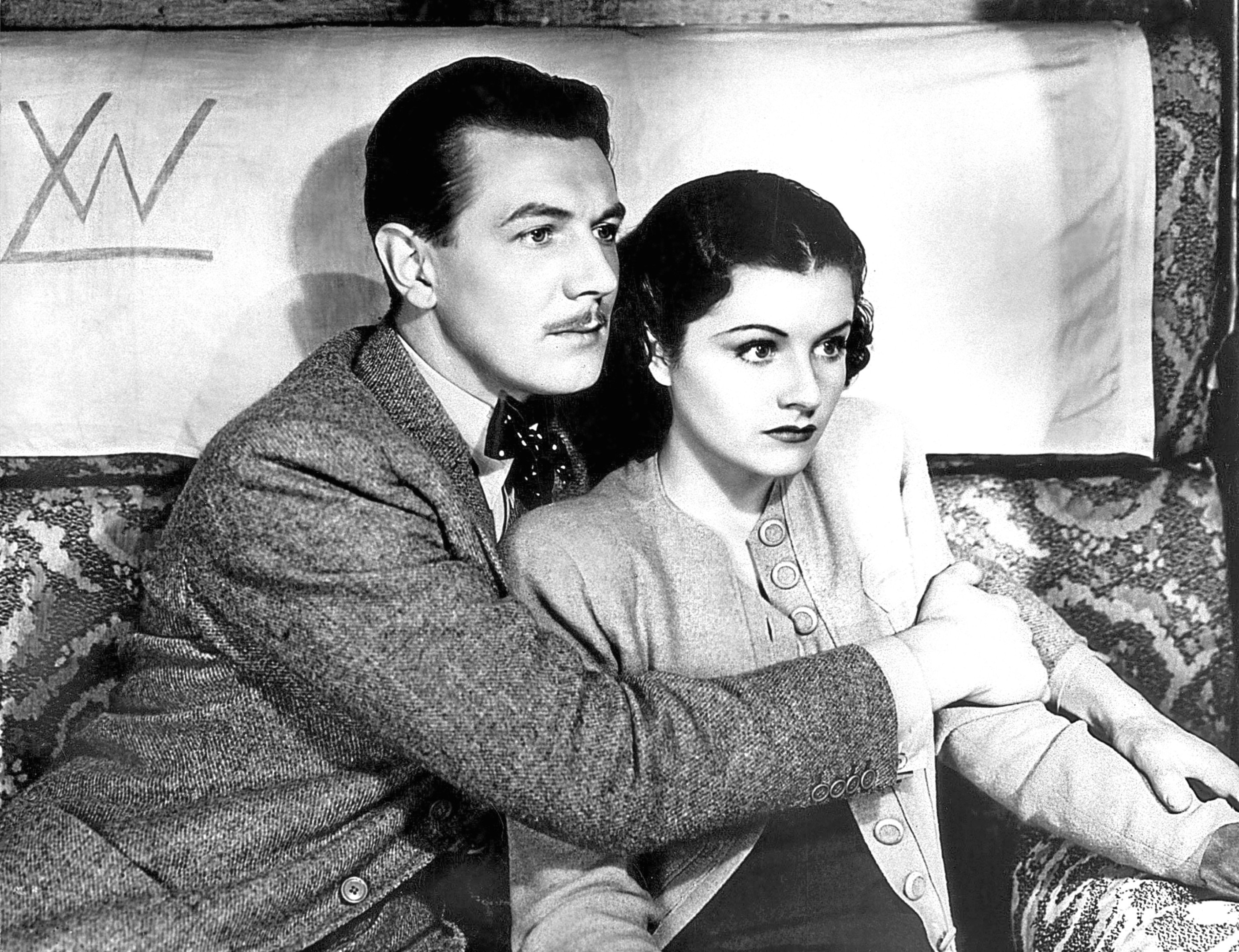
SHE was the Queen Of The Silver Screen — and if Margaret Lockwood had wanted to, she’d have been Queen Of Hollywood, too.
Born on September 15, 1916, she came into the world in Karachi, British India, where her father worked for a railway company.
But she would become one of the greatest movie stars Britain has produced, appearing alongside everyone from Orson Welles to Dirk Bogarde, earning a CBE, and even starring in the film that made Alfred Hitchcock a global superstar.
“If you were to compare her to a modern actress, it might be someone like Rachel Weisz,” says Margaret’s biggest fan and biographer Lyndsy Spence, a 28-year-old from Antrim, Northern Ireland.
Lyndsy founded the Margaret Lockwood Society, attracting members of every age from around the world.
“I like classic films, and when I was about 14 I caught some of Margaret’s movies on TV, and that was it,” she says.
“The Lady Vanishes and The Wicked Lady are probably her best films, and I think younger people would enjoy them today.
“Back in the 1930s and 40s, films were very nice and everyone was well-behaved, and then Margaret’s films came on the scene and they were very camp and daring, even by today’s standards, and a lot of fun.
“She wouldn’t have been as famous in America as, say, Vivien Leigh, but, over time, her films have become cult classics there, too.
“I run the Margaret Lockwood Society, with about 1,800 members, and I started it while doing a project a few years ago.
“People came forward with letters and things, people who had known her, and it has grown and grown, with even some of her family members in it.
“There are a lot of men in it, and a lot of people from America.”
If her fame is still spread far and wide, one of Lockwood’s less-loved movies — in Lyndsy’s opinion, anyway — is the one where she starred alongside Orson Welles in a most unexpected setting!
“I think Trouble In The Glen was supposed to be a Scottish version of The Quiet Man,” Lyndsy explains and, indeed, the Irish tale starring John Wayne and Maureen O’Hara had lit up our screens a couple of years earlier in 1952.
“In fact, John Wayne was supposed to be in it, but he dropped out and it was a disaster.
“It also cost a lot of money to make, but failed to make a lot of money back.”
Another unusual co-star was Margaret’s young daughter, Julia, who also appeared with her mother in The White Unicorn and Hungry Hill, in 1947.
“She would go on to become a famous actress,” adds Lyndsy.
“Margaret also acted with Dirk Bogarde, and all of the men she starred with went on to have Hollywood careers.”
But Margaret didn’t like Hollywood, so she came home!
“She didn’t like their studios, their morals, the drinking, and when she felt a bit out of her depth on the party scene, she thought: ‘No, I’m going to come home,’” explains Lyndsy.
“Back then, the press treatment of her was pretty full-on, but she managed to keep a boundary despite being stalked by the media.”
Lockwood had also married the first time she fell in love, although she sadly divorced Rupert Leon in 1949.
“She married her first-ever boyfriend when she was just 21,” Lyndsy explains.
“It was done in secret, and I don’t think her mother knew for about six months!
“She didn’t like him, and in the end it didn’t work out, because of the war and her career.”
Personally, I was intrigued to find someone of Lyndsy’s age being mad about a star born a century ago.
As she explains, there are a lot of younger people out there who adore the older British movies and stars.
“Actually, when you go on Facebook and take a look, there are a lot of younger people, my age, who are writing biographies about the stars from back then,” Lyndsy reveals.
“My favourite era is probably the early 60s, for clothes and music, but I don’t like the 1970s or 80s. I think they were a bit grungey!
“Margaret also did two TV series in the 60s, one an original and then a spin-off, something that was very unusual back then.
“In the 70s, she did Justice, which became an iconic series.”
It’s a shame, in a way, that Margaret Lockwood didn’t take to Tinseltown and grab worldwide fame.
“Then again, in other ways, it’s nice to think she’s remained better-known in her homeland.
“She didn’t have a problem with the people in the United States at all.
“I think if she had just taken to it more, she could have definitely been a global star,” Lyndsy admits.
“But war was coming, she was homesick, she had just moved in with her husband and then they were separated.
“The reason The Lady Vanishes was so significant was because it’s the movie that took Alfred Hitchcock to Hollywood in the late 30s.
“Shortly after, he made Rebecca. Hitchcock was always very kind about Margaret.
“She endorsed everything from Clarks shoes to shampoo, and everyone in Britain was fascinated by her, even more so after she had her daughter.
“I am so pleased to have written a book about her!”
Queen Of The Silver Screen, by Lyndsy Spence, is published by Fantom Publishing, ISBN No. 978-1-78196-264-0, price £19.99.
READ MORE
Cary Grant was the actor everyone wanted to be
Frankly, Clark Gable didn’t give a damn about being King of Hollywood

Enjoy the convenience of having The Sunday Post delivered as a digital ePaper straight to your smartphone, tablet or computer.
Subscribe for only £5.49 a month and enjoy all the benefits of the printed paper as a digital replica.
Subscribe